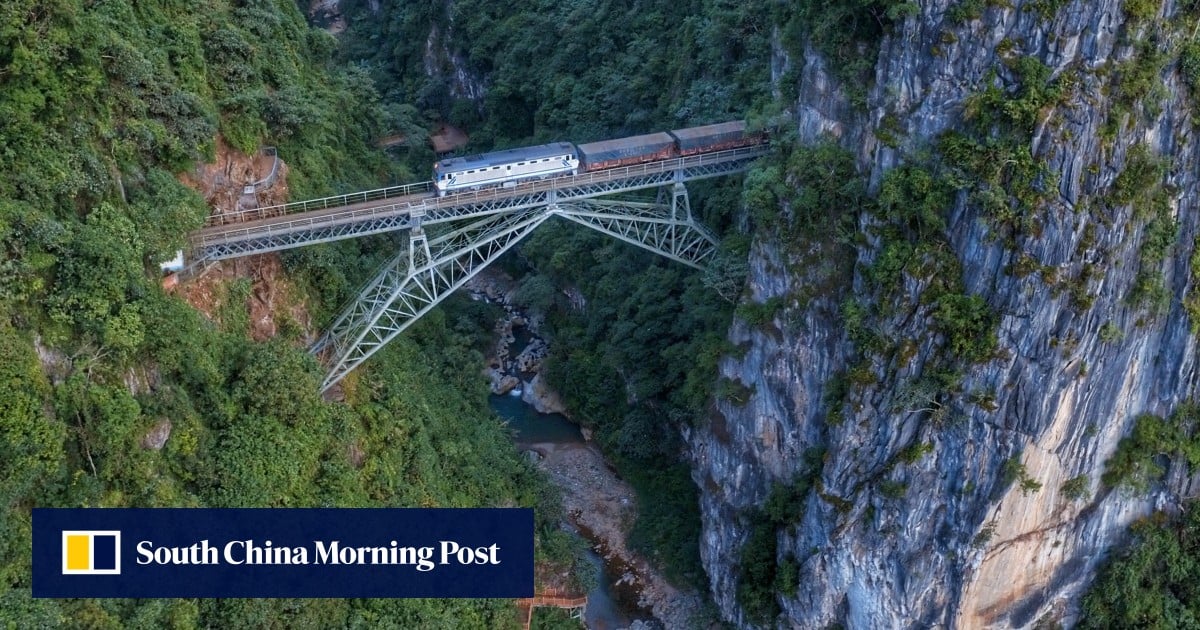Since leaving full-time employment in 2015 – a seven-year, post-university stint as an accountant for professional services network Deloitte – Wang’s interest in railways, and photographing them, has morphed from a hobby into his raison d’être.
“I spend about three to five months on the road each year,” he says. “I’ve visited every province in mainland China, countless times. I’m even writing a travelogue of my experiences to go along with my images.
“I’m inspired by foreign books about China, books like Peter Hessler’s River Town [2001] and Michael Meyer’s In Manchuria [2015], which contain strong observations about China.”
Perhaps in the next few years, photographing trains will be banned or restricted, I don’t know. I have to get all the shots I can as quickly as possible.
In a country where social conformity and familial responsibilities often trump any notions of individualism, Wang might outwardly appear like a restless loner occupied by an obscure obsession.
“I read any news about railway construction,” he says. “If a new railway is about to be opened, I will study the satellite maps in advance, determine the camera position I want to shoot from, plan the route, and choose a season with ideal weather for taking pictures.
“I usually spend one or even two months capturing a particular section of track.”
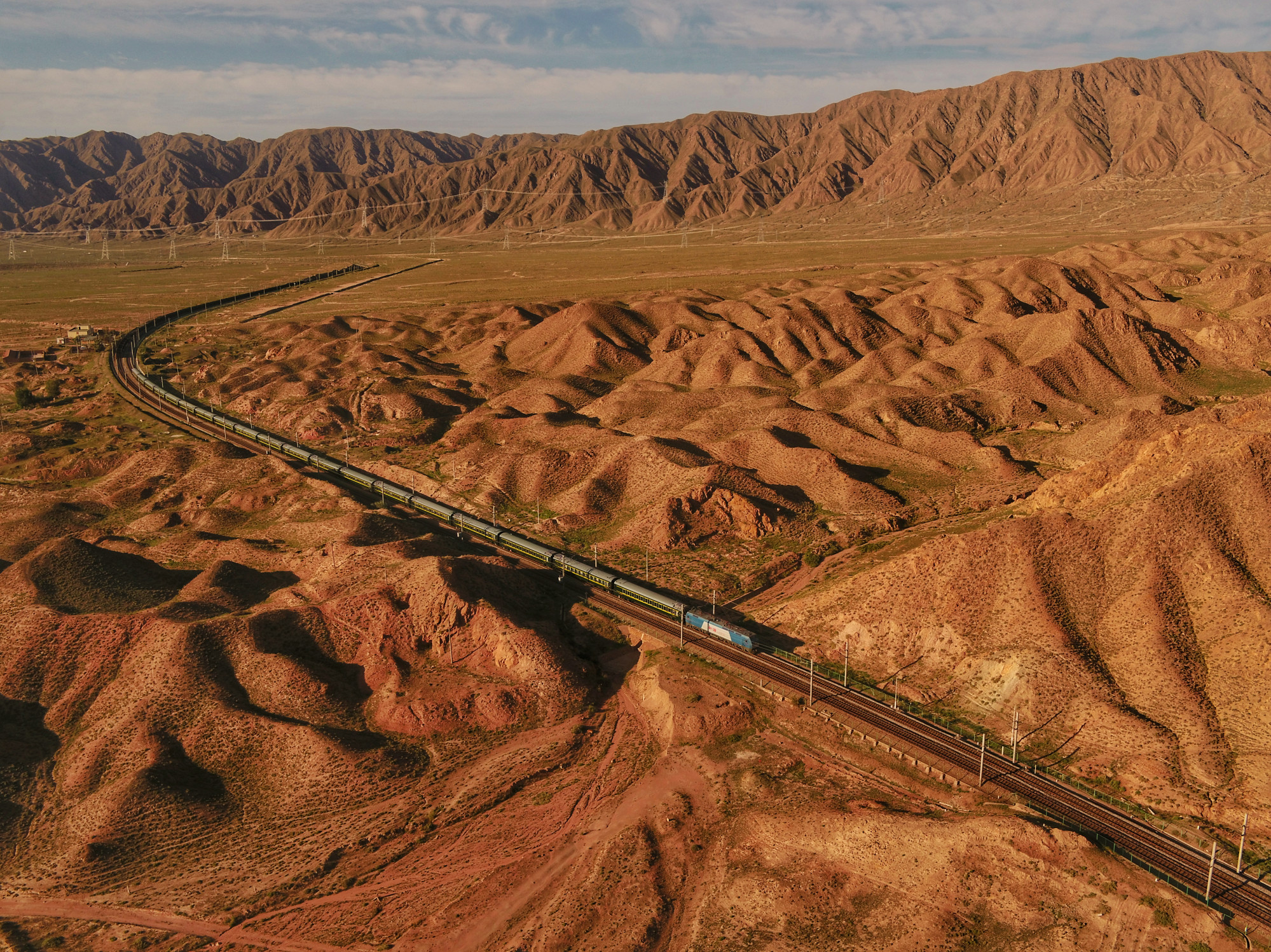
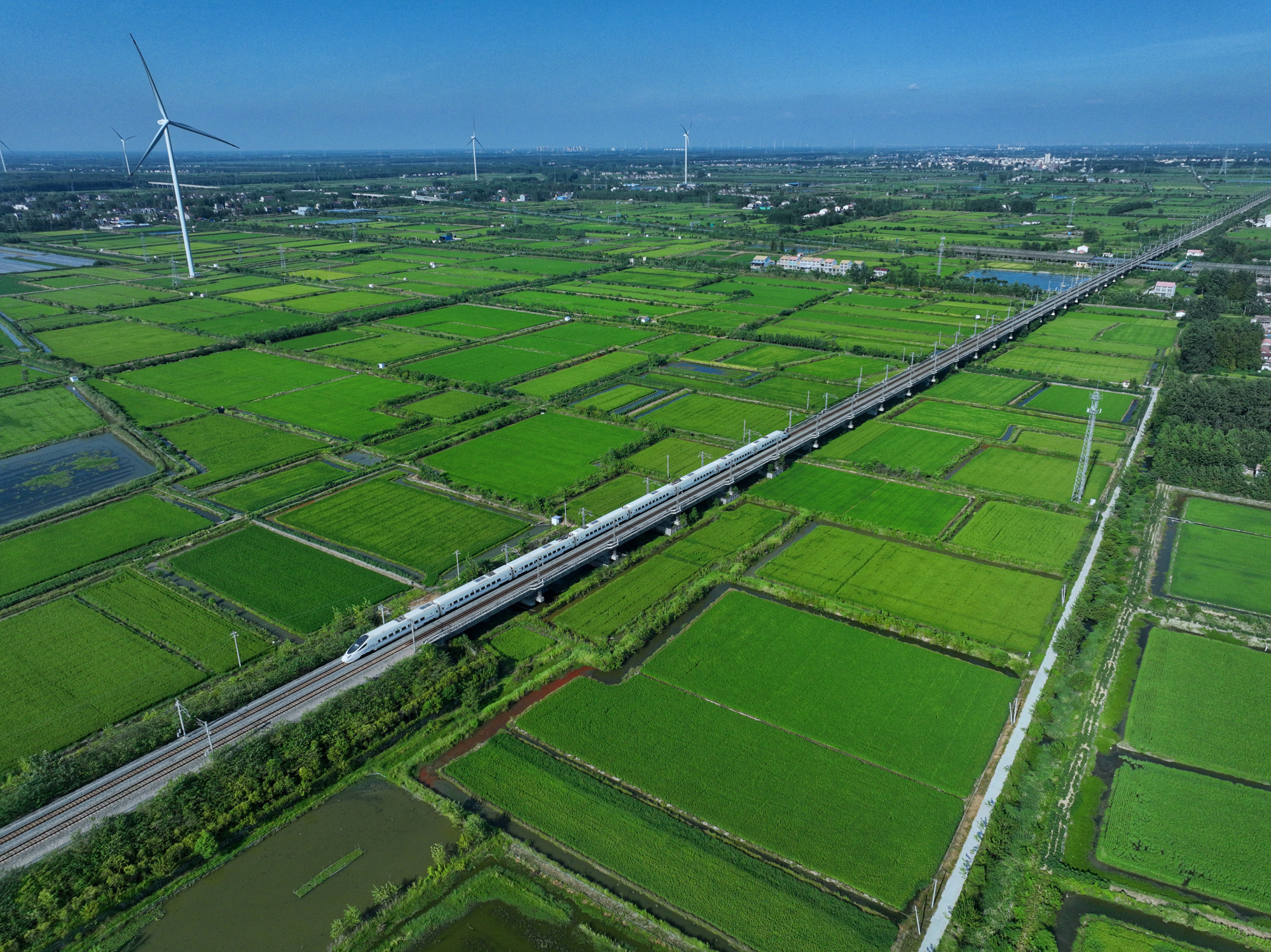
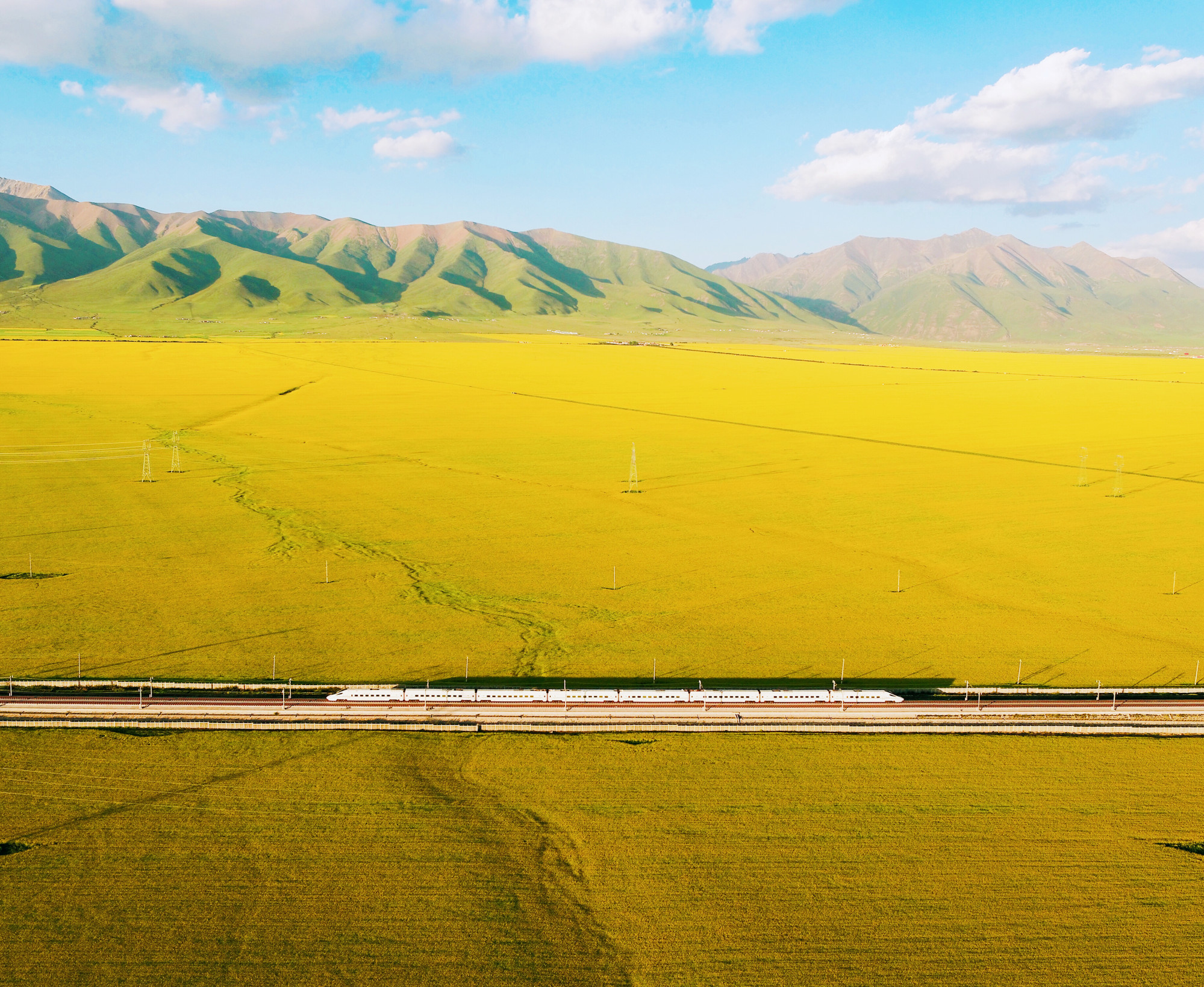
Travel genes were in Wang’s DNA. Born in Shanghai in 1985 to parents from northern China, his mother and father’s state employers uprooted the family from their east coast home when he was just two years old.
“My parents’ danwei [work department] sent us to live in an oasis town in Xinjiang. I remember the place was surrounded by cottonwood trees.
“We lived in a compound with its own canteen, transport, even an in-house kindergarten, so I rarely had the opportunity to make friends with the local kids. But every Sunday we’d take the bus to Urumqi to purchase groceries. Looking back, it was a real adventure.
“The air quality in Urumqi was good, and you could see the snow-capped Tian Shan mountains from the city centre. My parents would take me to the bazaar to eat mutton skewers. I really loved the meat sprinkled with cumin and spices.”

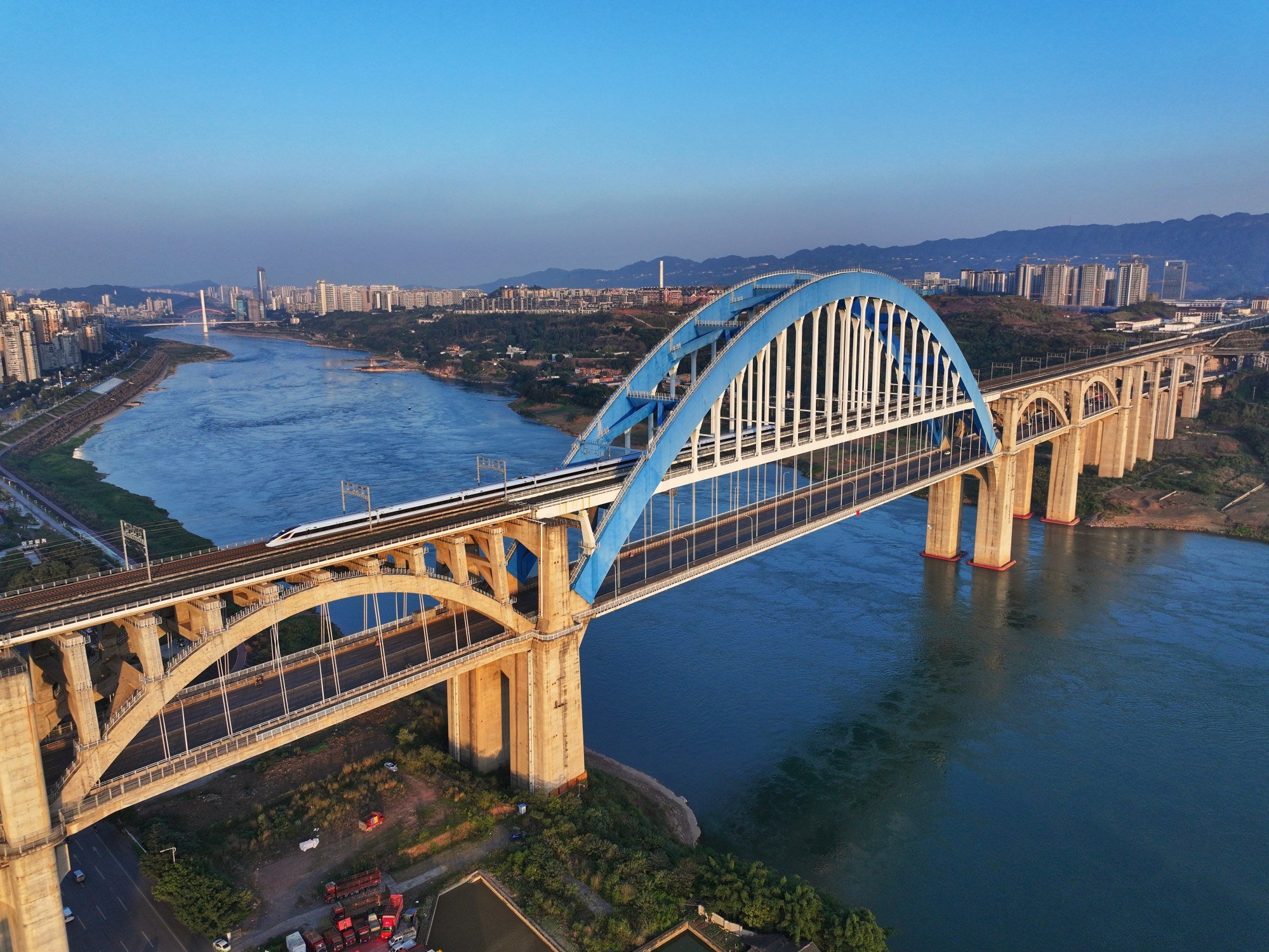
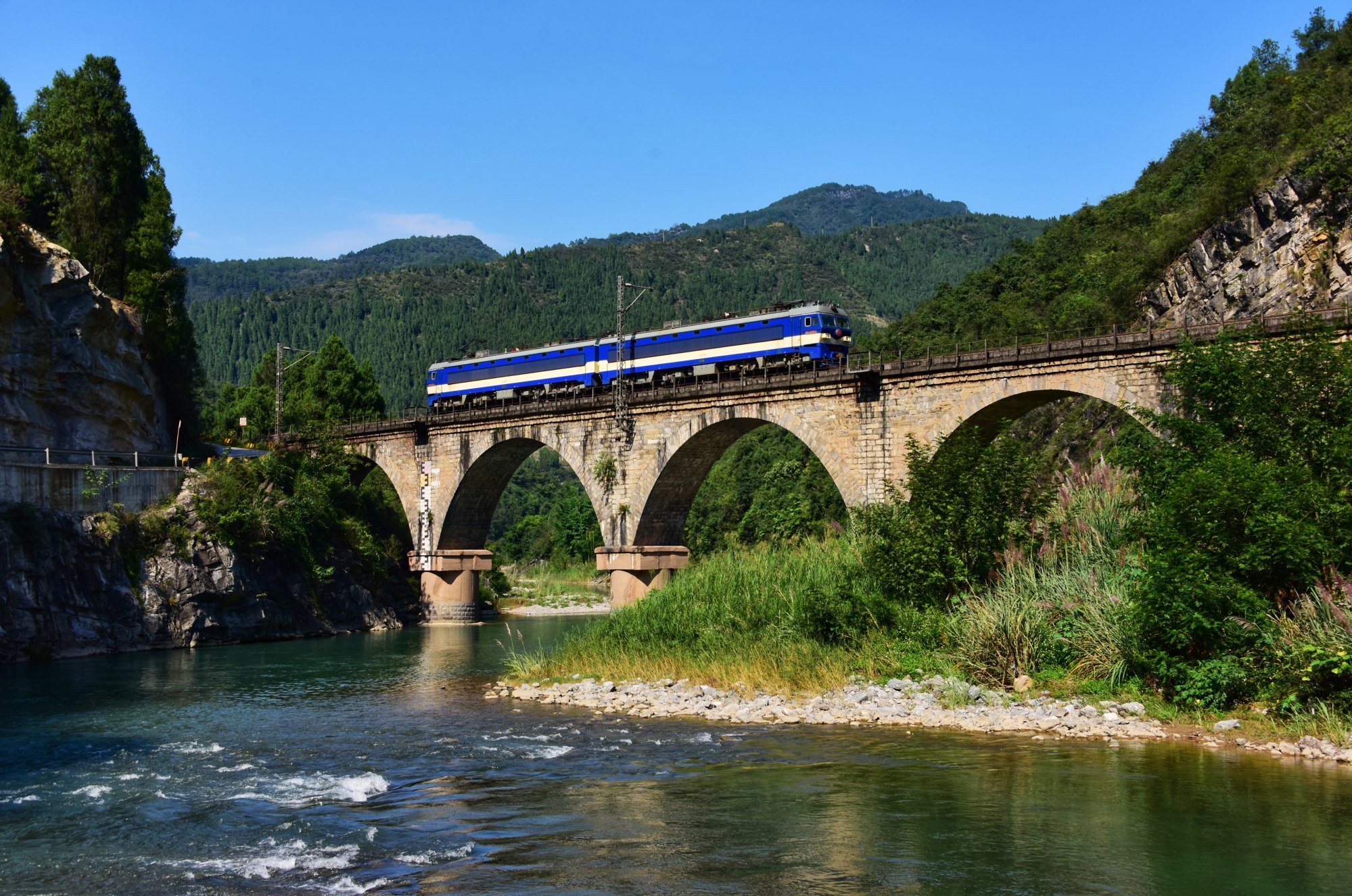
After three years in the far west, the family moved again, this time to Xian, which was “the first really big trip I can remember. It takes 25 hours to travel from Urumqi to Xian by train today, but at that time, it took three days”.
Life in Xian, much like that in Xinjiang, made a deep impression on the young Wang: “We lived in the northern suburbs of the city, which were surrounded by wheat fields. Tall poplar trees had been planted on both sides of the tractor path between the fields.
“Every summer night, people in the compound would go out. We would use torches to carefully search for cicadas that were shedding their shells on tree trunks, then take them home and fry them. They were delicious, not to mention rich in protein.”

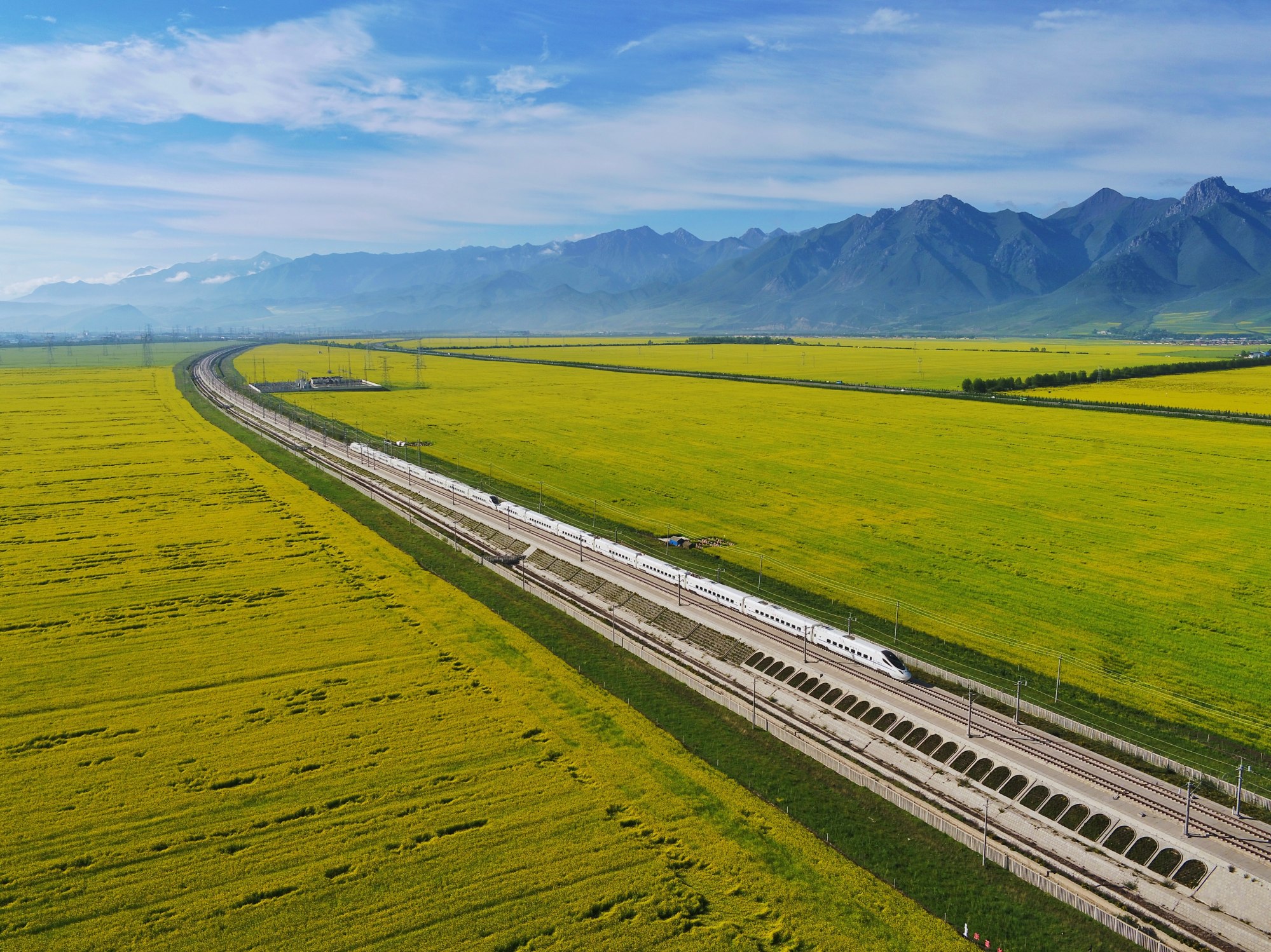
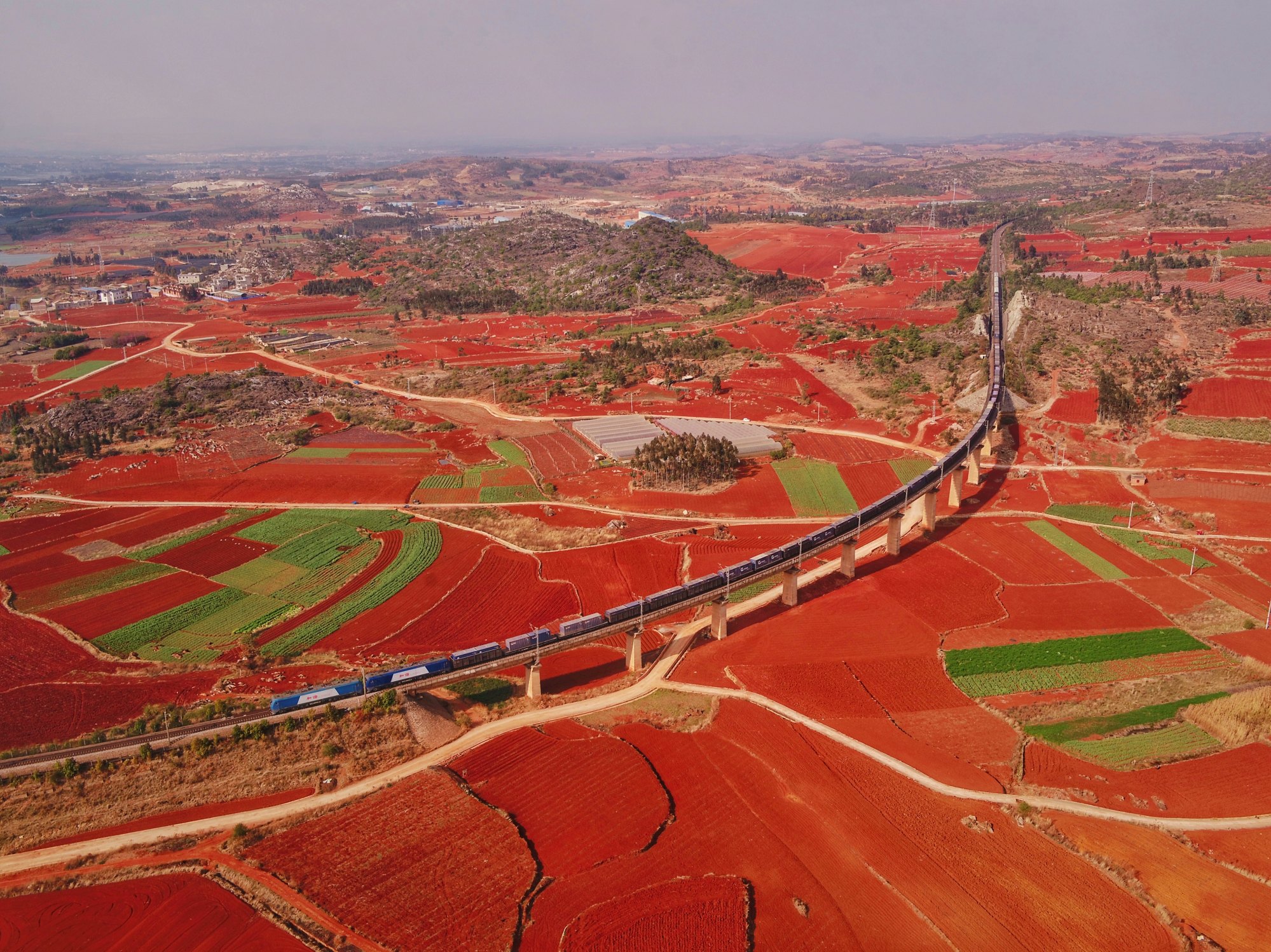
The Wang family returned to Shanghai in 1994, and the timing was auspicious. With former Shanghai mayor Jiang Zemin serving as Communist Party general secretary, the 1990s was set to be Shanghai’s decade, the city’s moment to reclaim its gilded “Pearl of the Orient” status after decades of economic isolation.
“At that time, Pudong [an area on the east side of the Huangpu River that was made a special economic zone in 1990] was basically an empty space. The Oriental Pearl TV Tower was only half-built,” he recalls.
“My parents took me on a sightseeing cruise on the Huangpu River, sailing from the Bund to Wusongkou, where the Huangpu merges into the Yangtze. I remember seeing both river banks lined by dilapidated wharves and shipyards, and the fishy smell gave me a bad impression.”
But things were soon changing, and by his own admission, Wang’s adolescence took place in the world’s biggest building site. New ring roads, expressways, subway lines and railway tracks threaded through the city, while across the river, the cabbage fields of yesteryear began sprouting concrete towers out of the muddy banks of the Huangpu like groves of bamboo.
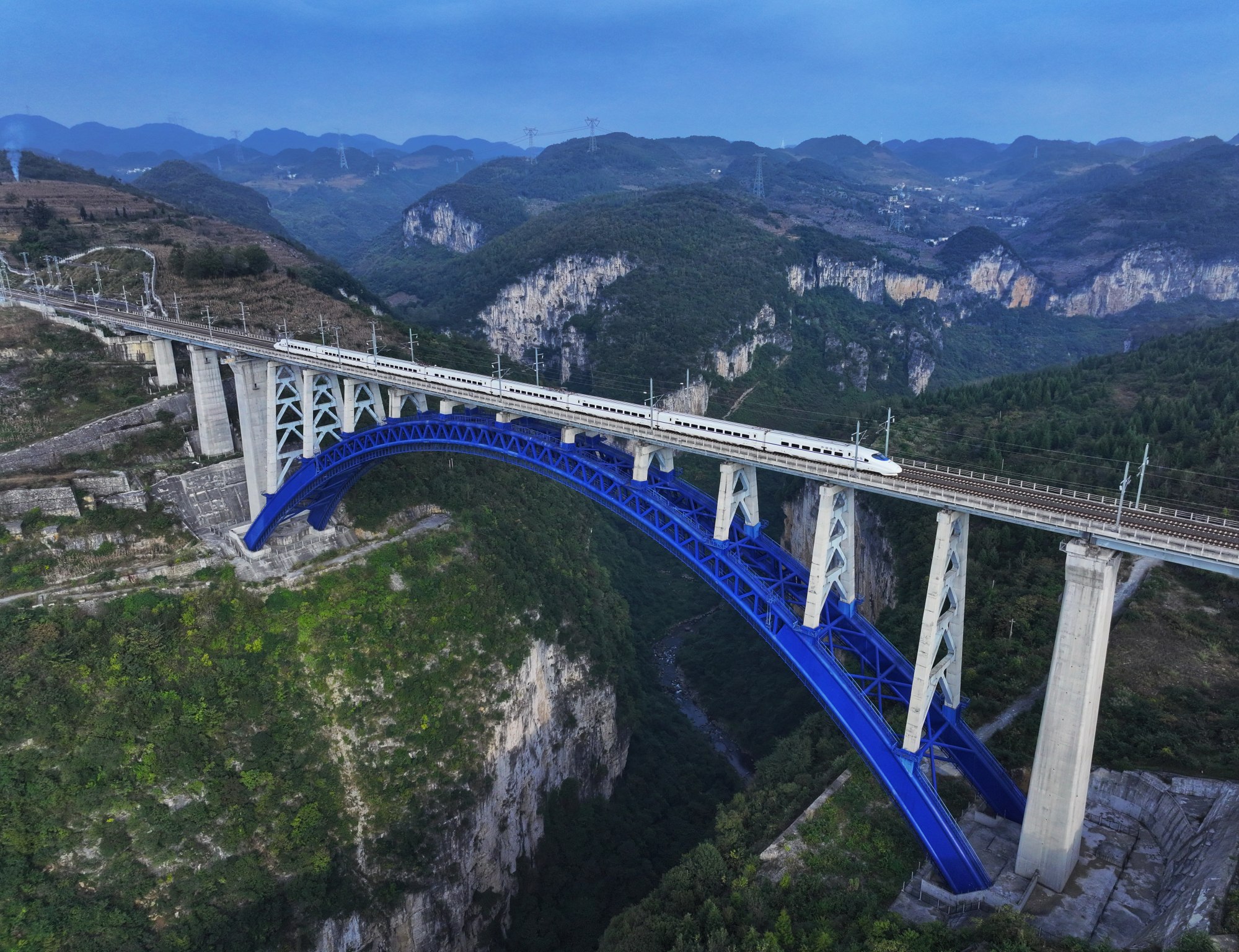


It was around this time that Wang discovered a passion for photography.
“My father was a keen amateur photographer and whenever we went on holiday he’d take pictures. He taught me how to use a camera, and importantly, how to take landscape photographs,” he says.
“I used Kodak film with a roll of 36 shots. Film was not cheap, so I set the exposure carefully for fear of taking useless pictures and wasting shots. Later, my family bought a digital camera. I started using it to take shots of the cityscape whenever I had free time.”

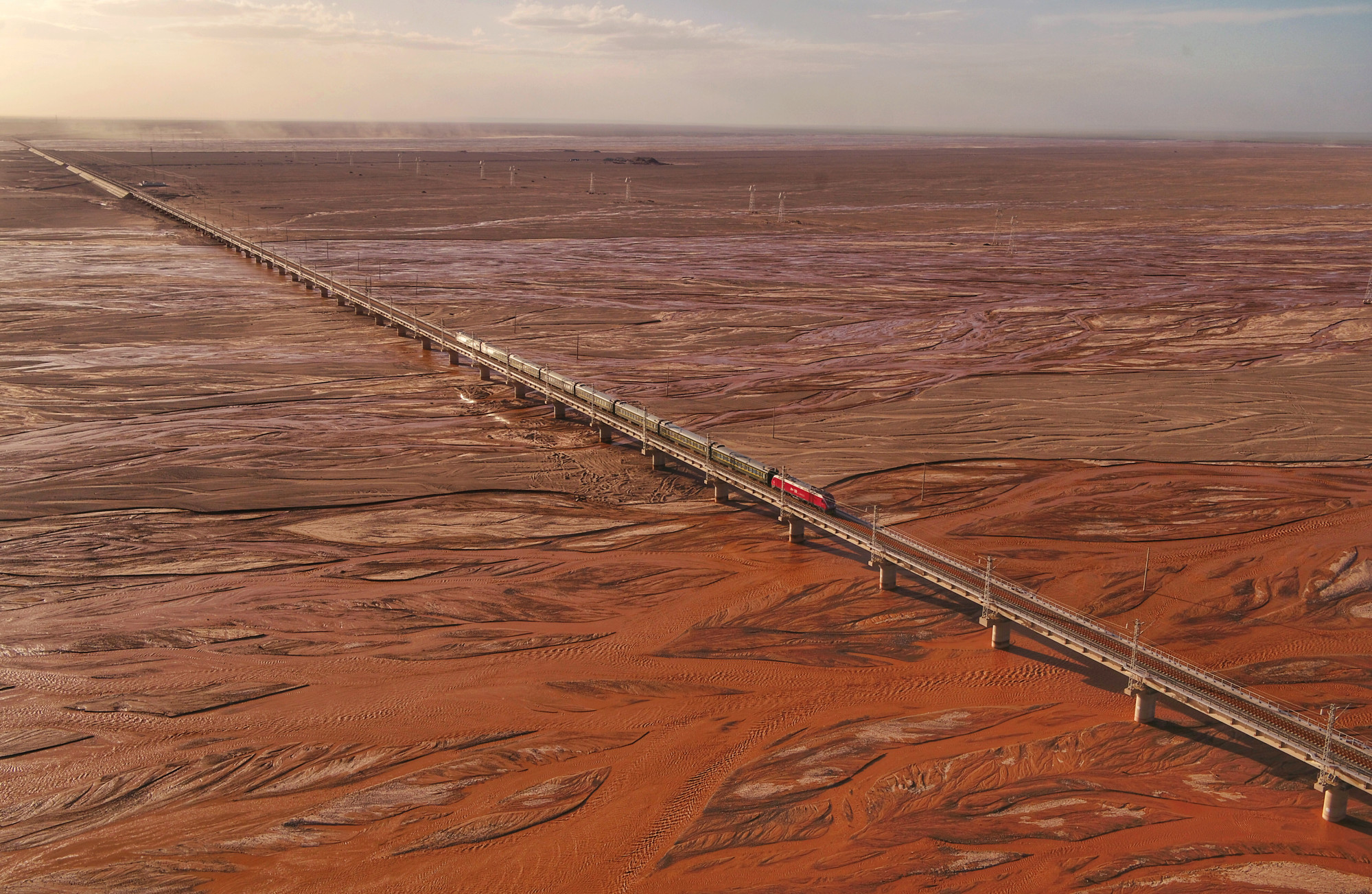
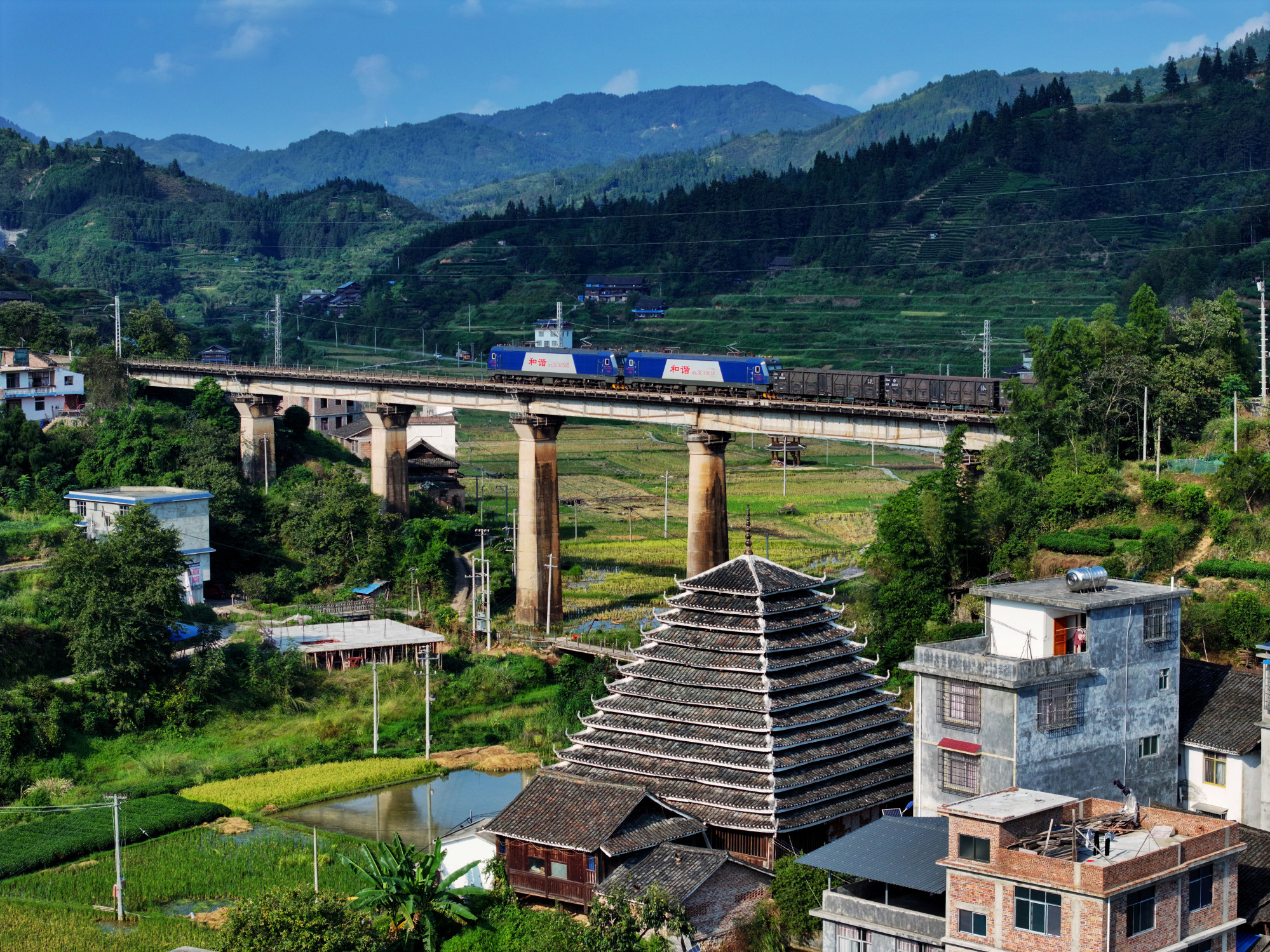
From Wang’s childhood in the western deserts through to his university days in Shanghai, China’s railway infrastructure had also developed radically. The Beijing–Tianjin intercity railway, launched the same year Wang graduated from university, 2008, inaugurated the high-speed era.
But it wasn’t until 2012, when he was a full-time office worker, that he began to train his lens on the transport network. What separated him from his peers was that he chose to shoot from high above his subjects.
“My first drone was the DJI Inspire 1, which I purchased in 2015. I found it quite difficult to get started with aerial photography. Back then, drone technology was still in its infancy, and I’ve crashed a few. You need to read the instructions carefully, then conduct test flights and practise in an open area to fully familiarise yourself with the controls.”


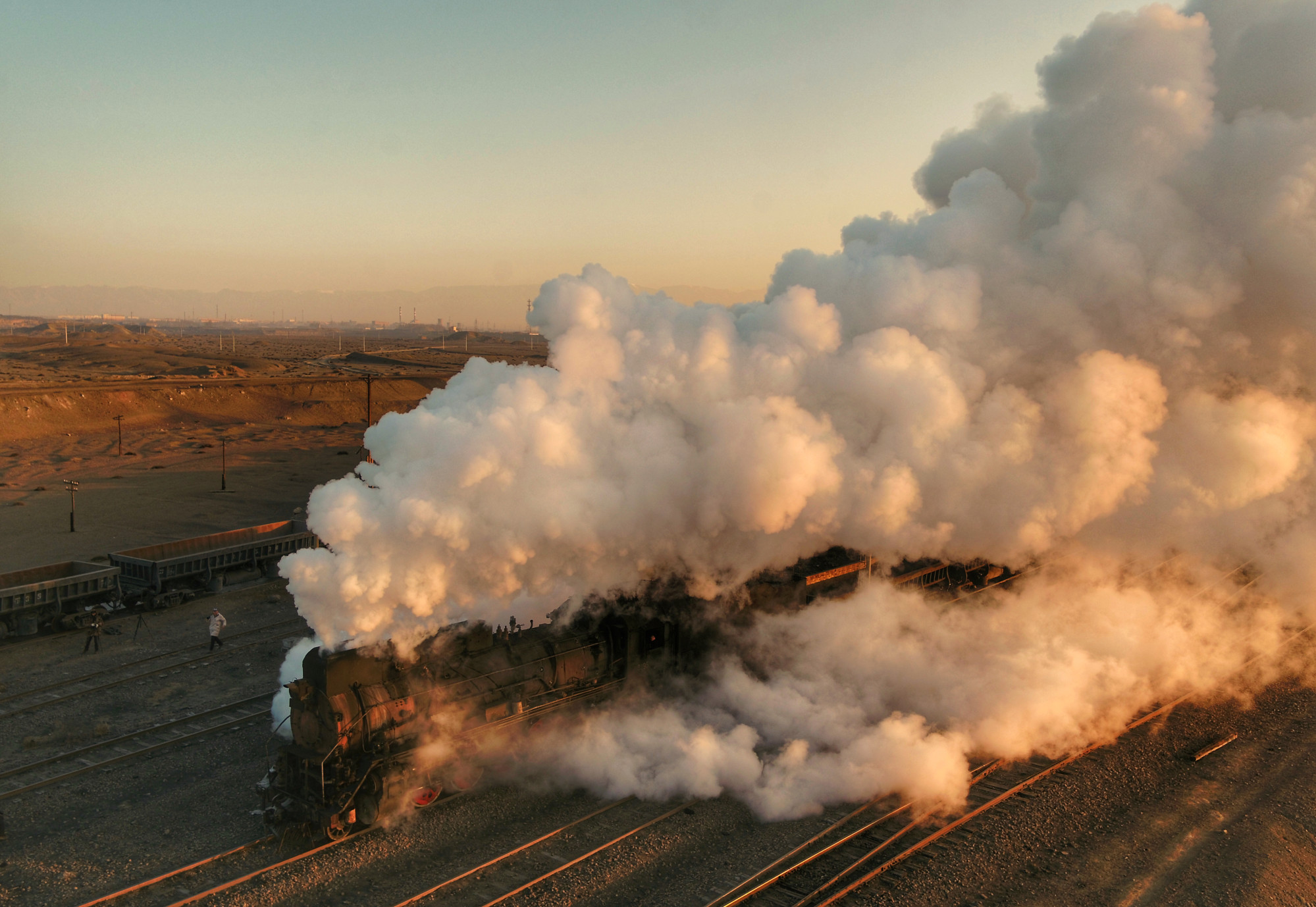
Drone technology vastly expanded Wang’s range, enabling him to capture a new perspective, one that, as he puts it, “shows the characteristics of railways in different landscapes”.
“China is a vast country, and the landscapes in the north, south, west and coastal areas are really different.”
Despite the challenges of spending up to half a year on the road, Wang says he has grown accustomed to his life-less-ordinary.
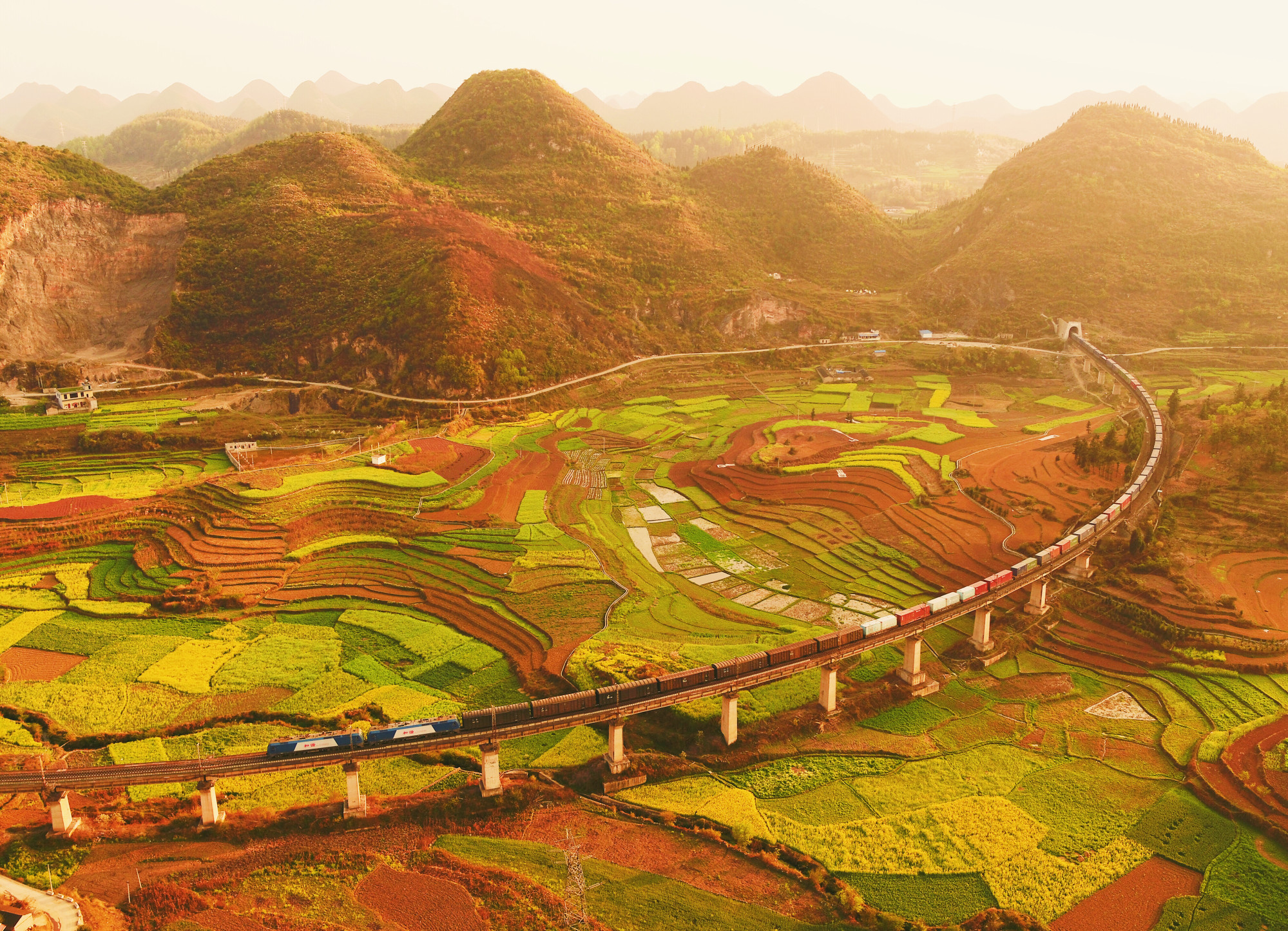
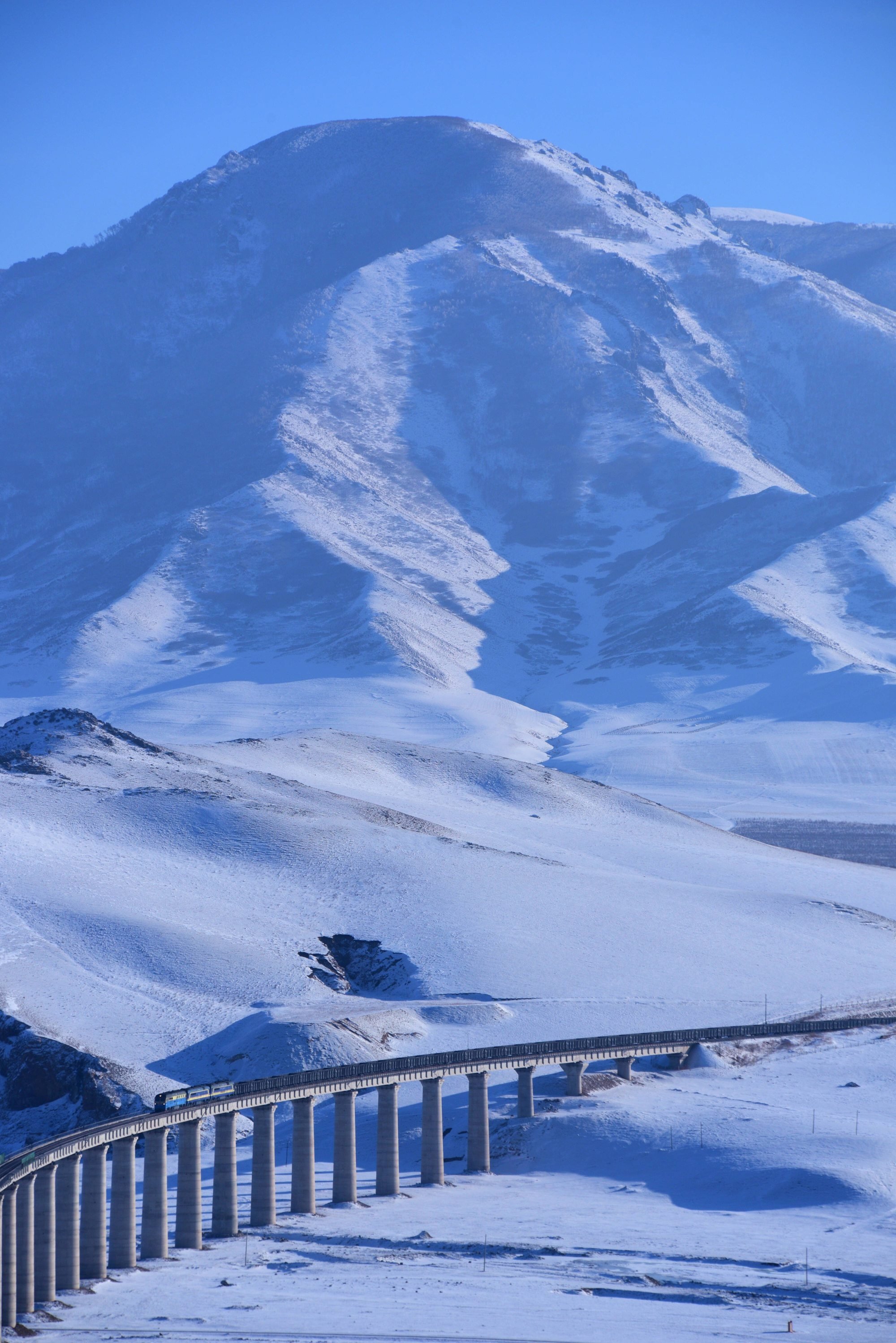
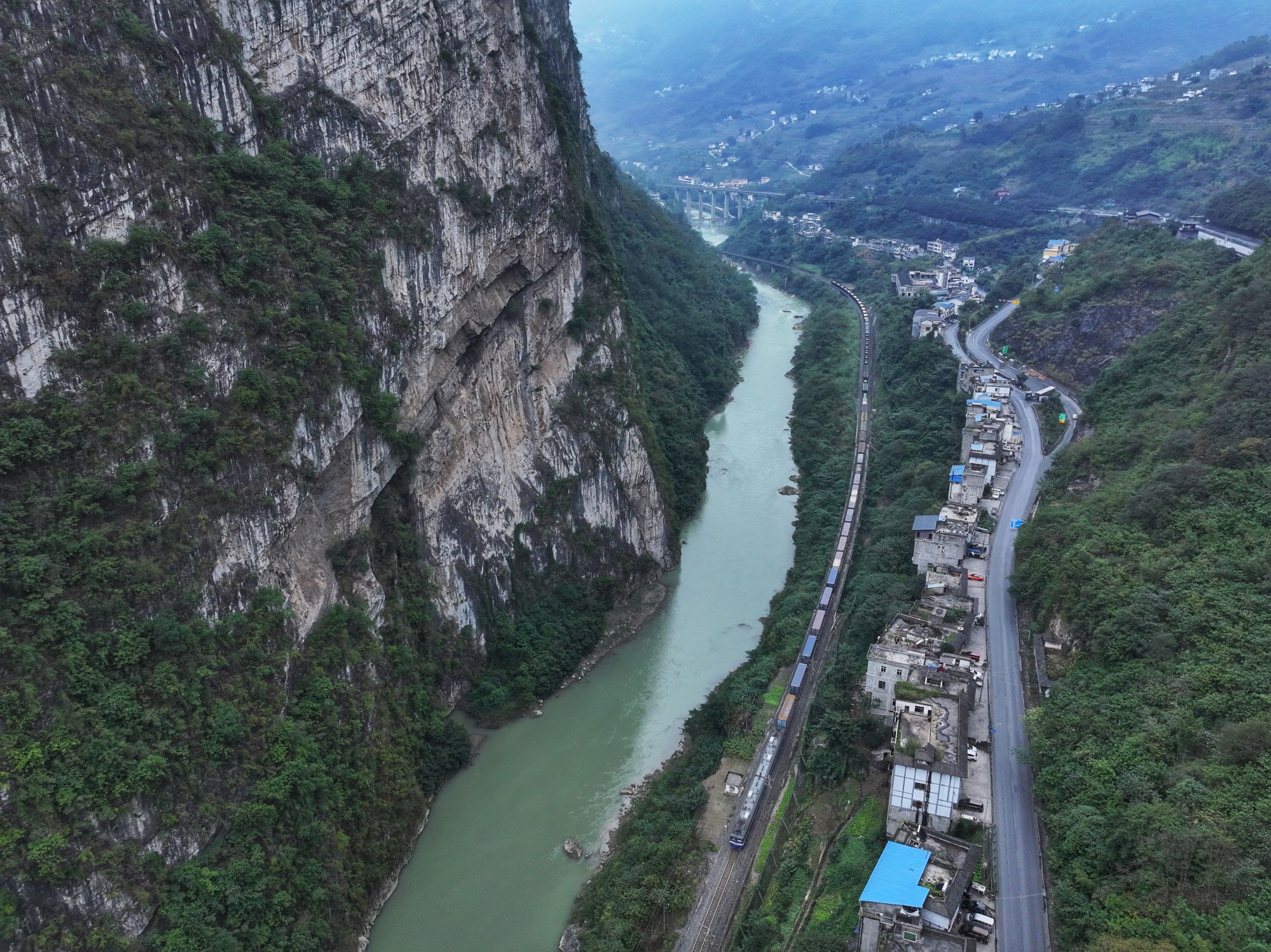

“The government has become increasingly strict in controlling society in recent years while the possibility of conflict with a neighbouring country is increasing,” he says. “Perhaps in the next few years, photographing trains will be banned or restricted, I don’t know.
“Plus, as my parents get older, I’ll have to spend more time with them. Therefore, I have to get all the shots I can as quickly as possible.”

